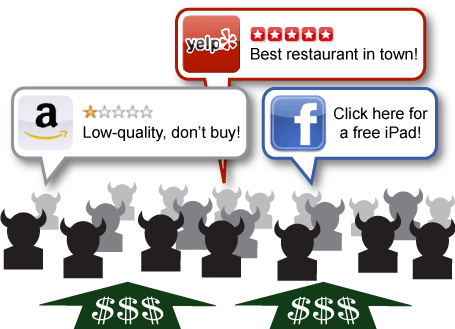One of the most exciting tools of web 2.0 is crowdsourcing, the idea of breaking down normally complicated tasks into small, bite-size problems, then presenting them before the entire internet to solve. It’s a new word for the assembly line process, but instead of having a set number of workers on a physical line trading up parts until they’ve built a car or a plane, you have a potentially infinite number of workers trading parts up and making adjustments until you have a fundraising campaign.
Crowdsourcing is immensely powerful. Kickstarter, a popular crowd fundraising site, raised more money for independent projects last year than the entire National Endowment of the Arts. Movies such as Iron Sky have been built from the ground up by crowdsourcing thousands of small jobs to thousands of workers throughout the world, with funding from thousands of micro-investors. And as we’ve already pointed out, charities have used crowdsourcing and crowdfunding tools to raise over $100,000 in a month.
 But …it also has a dark side.
But …it also has a dark side.
Have you ever come across dozens, or even hundreds, of online reviews that struck you as a bit off? Welcome to the odd, somewhat disturbing world of crowdturfing, the business of posting thousands of Facebook discussions, tweets, and other types of social media posts to permanently change a brand’s image. The University of California Santa Barbara coined the term crowdturfing to describe a crowd of fake profiles used to start rumors, give positive or negative reviews or comments, or to gather real people as followers for a point of view. Though still new, the business is already commanding millions of dollars and large chunks of crowdsourcing websites in America and around the world, with clients ranging from presidential candidates to Wal-Mart.
But where Crowdturfing really appears sinister is when it is used as a tool of intellectual repression. China, for instance, employs a small army of 300,000 to change the flow of political debates on Facebook (both the state’s version and the actual version) and on many other sites. Meanwhile Putin’s government in Russia has already deployed tens of thousands of twitter bots to drown out all mention of election fraud.
The lesson to take away from this is that Crowdsourcing is a tool and, like all tools, it can be used properly or improperly, to build both good and bad machines. But what do you think? Is crowdsourcing overrated? How would you work to improve the crowdsourcing system, if you think it should be improved upon at all.


